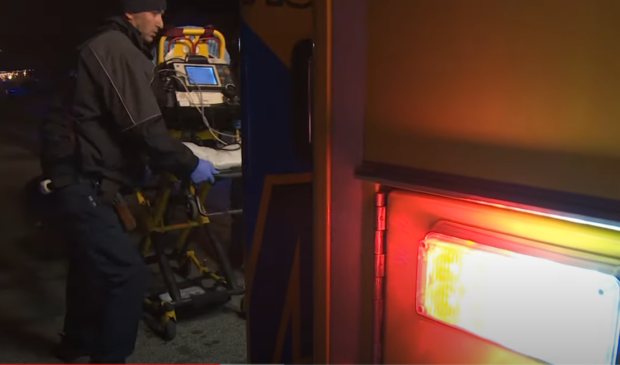Committee reviews EMS response times
Monday, January 11, 2021 by
Seth Smalley Jasper Brown, chief of staff for Travis County Emergency Medical Services, spoke before the Public Safety Commission on Jan. 4 to report the quarterly incident response times for the county.
The goal response time for all priority-one calls – a category that includes cardiac arrests, patients who are no longer breathing and a variety of other critical conditions – is under nine minutes and 59 seconds. Compliance for this target has improved since August, when Emergency Medical Services staff introduced a number of measures to decrease incident response times, according to Brown.
“That’s from the time we answer the phone in our communication center to the time that we arrive on scene. It includes all the processing time in communications, gathering the address, the dispatch time, the unit actually leaving the station and the drive time,” Brown said.
“In repositioning some units, we really improved our priority-one compliance in three months, which we could not achieve the previous months or years. So we don’t consider it a fluke or an accident,” he said.
In September, October and November 2020, the percentage of priority-one incidents in which EMS personnel were able to arrive on scene in less than 10 minutes after the call was 90 percent, on average, according to a publicly available document. This marked an improvement from the previous quarter in 2020, in which EMS met compliance just 86 percent of the time.
The document also details the monthly breakdown of priority-one incidents by City Council district, and the number of calls per month for which compliance was not met. In the most recent quarter, Council District 9 – which covers most of downtown, campus, and the Bouldin and Travis Heights neighborhoods – consistently had the lowest response times as well as the fewest response times not meeting compliance. Council District 10 – which spans parts of West Austin, Tarrytown, Brentwood and Spicewood Springs – had the most calls on average which missed compliance in the same quarter. Whether this was due to station locations, traffic or geographic variations was not immediately apparent.
Commissioner Rocky Lane wanted to know what the biggest hurdles in lowering the response times were, “whether it’s donning extra PPE or something else.”
Brown responded that although Covid-19 precautions initially had impacted response times, the response times are now back to normal, even with the precautions. “We’re still taking Covid precautions, so nothing’s changed there. But early on, we were seeing some additional length of time.”
Also noted was the decrease in overall EMS call volume due to the pandemic.
“Business closures in March and April really brought down the call volume, especially in the downtown area. We still don’t see people going out as much, you know, on the Hike and Bike trail and elsewhere. People still have accidents, but not at the same volume,” Brown said.
The Public Safety Commission held no votes and made no motions following the discussion.
The Austin Monitor’s work is made possible by donations from the community. Though our reporting covers donors from time to time, we are careful to keep business and editorial efforts separate while maintaining transparency. A complete list of donors is available here, and our code of ethics is explained here.
You're a community leader
And we’re honored you look to us for serious, in-depth news. You know a strong community needs local and dedicated watchdog reporting. We’re here for you and that won’t change. Now will you take the powerful next step and support our nonprofit news organization?










